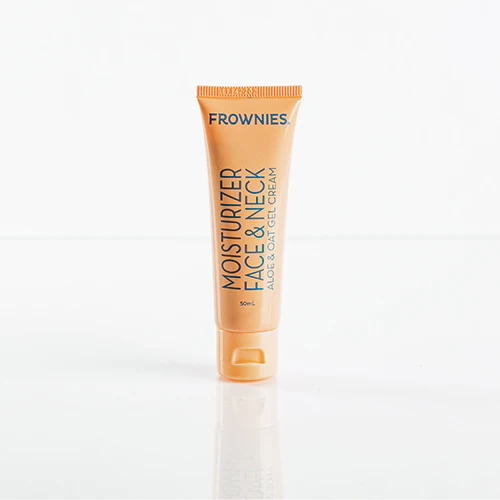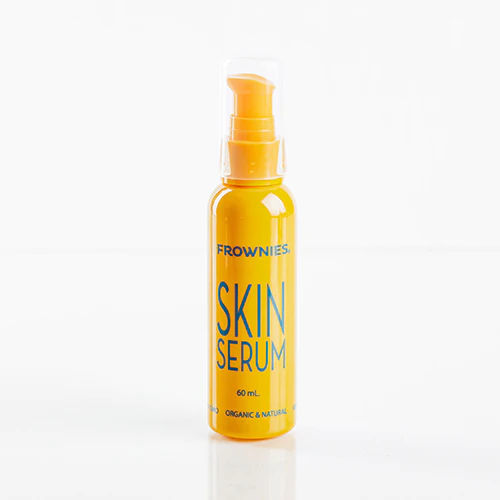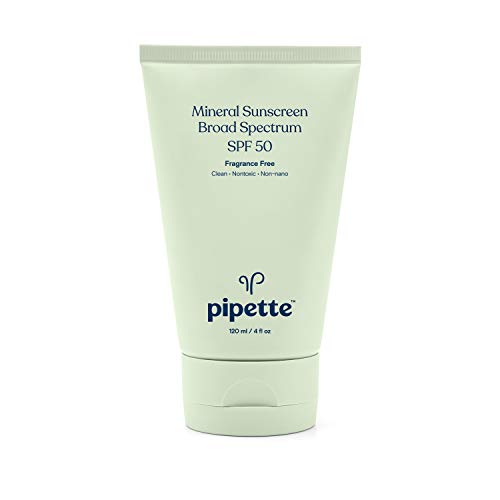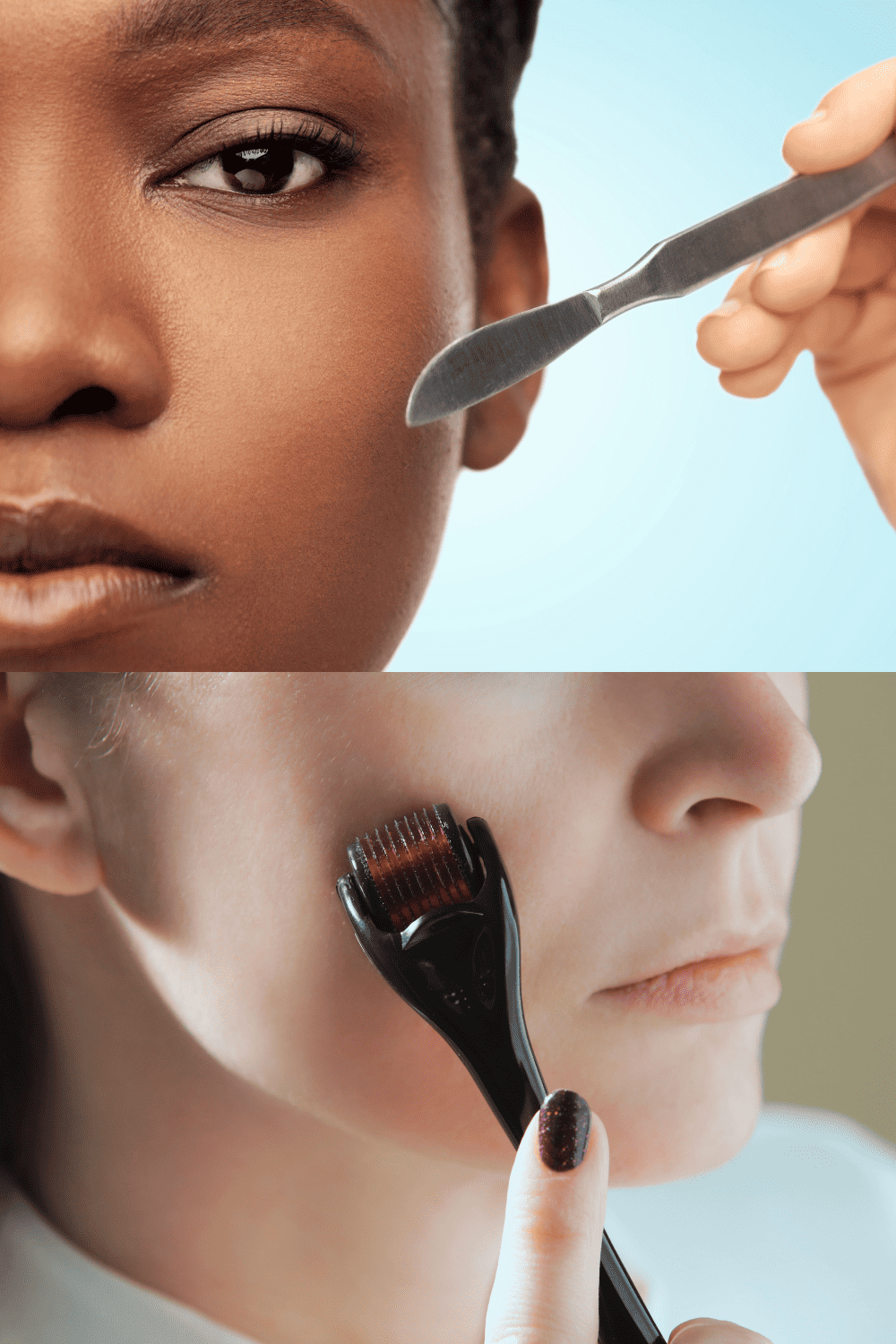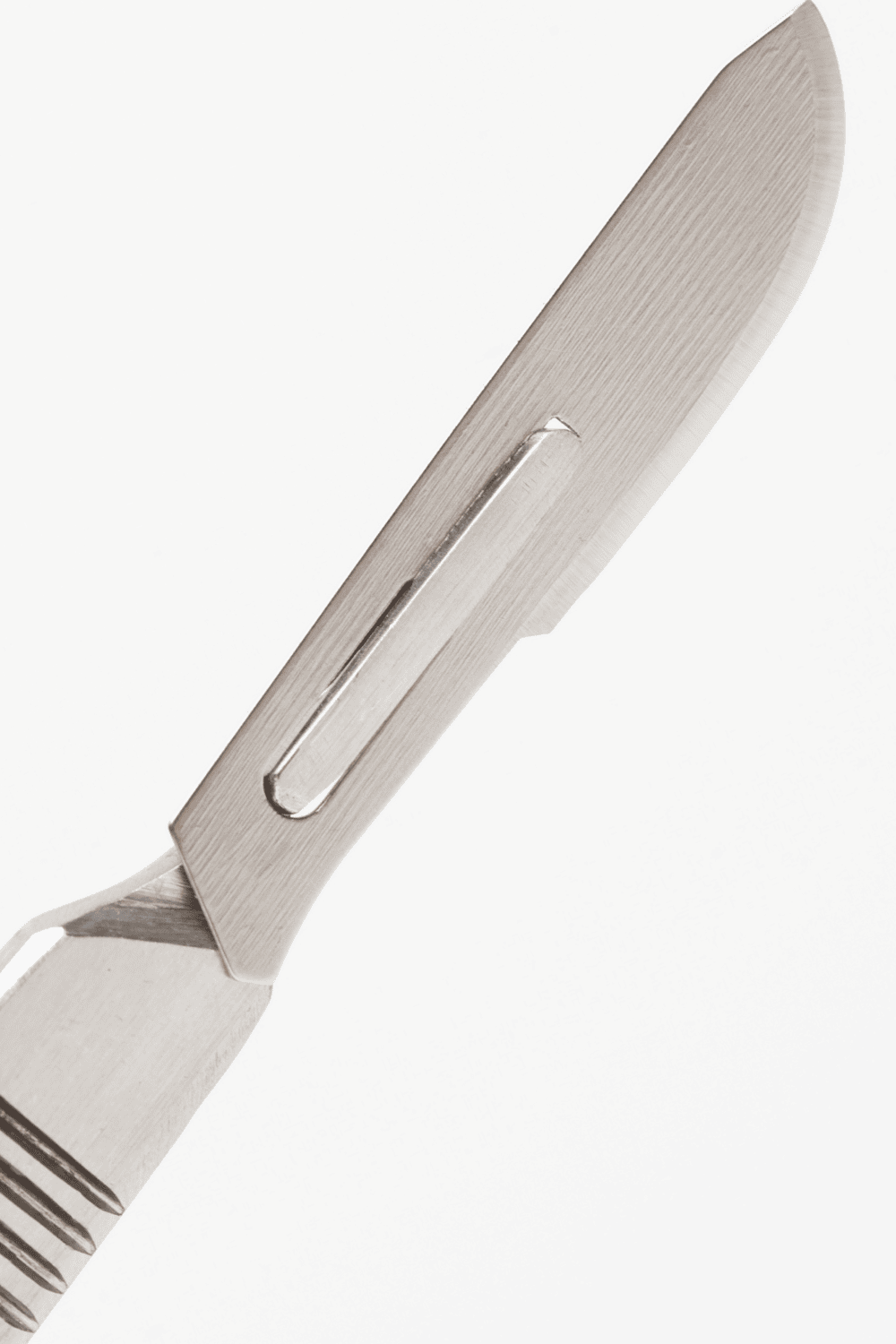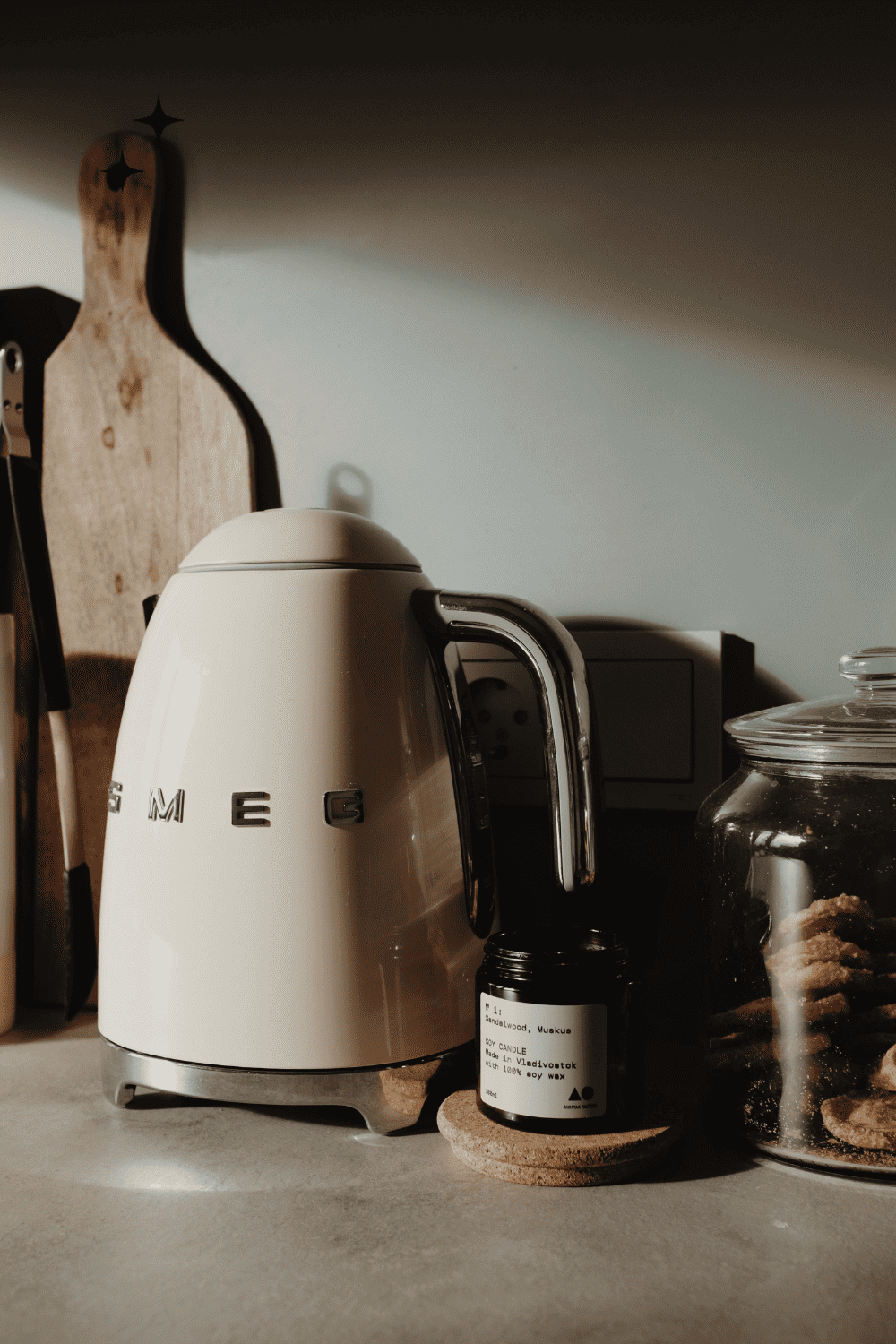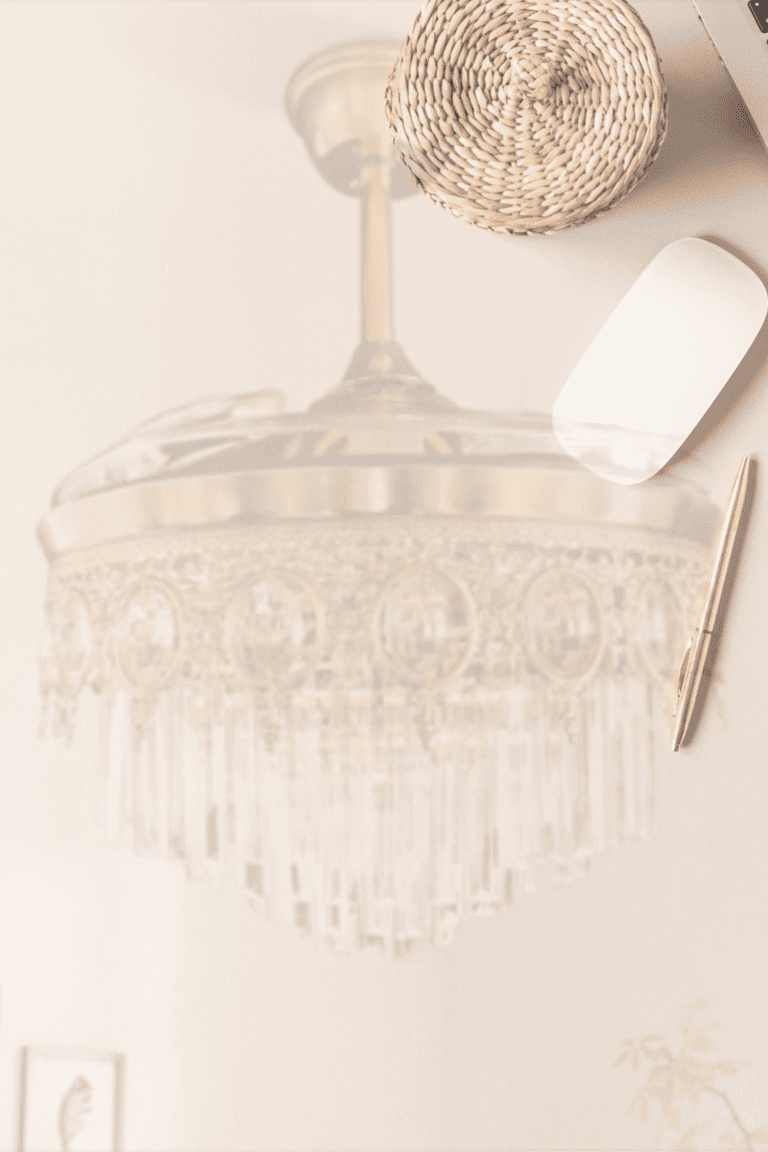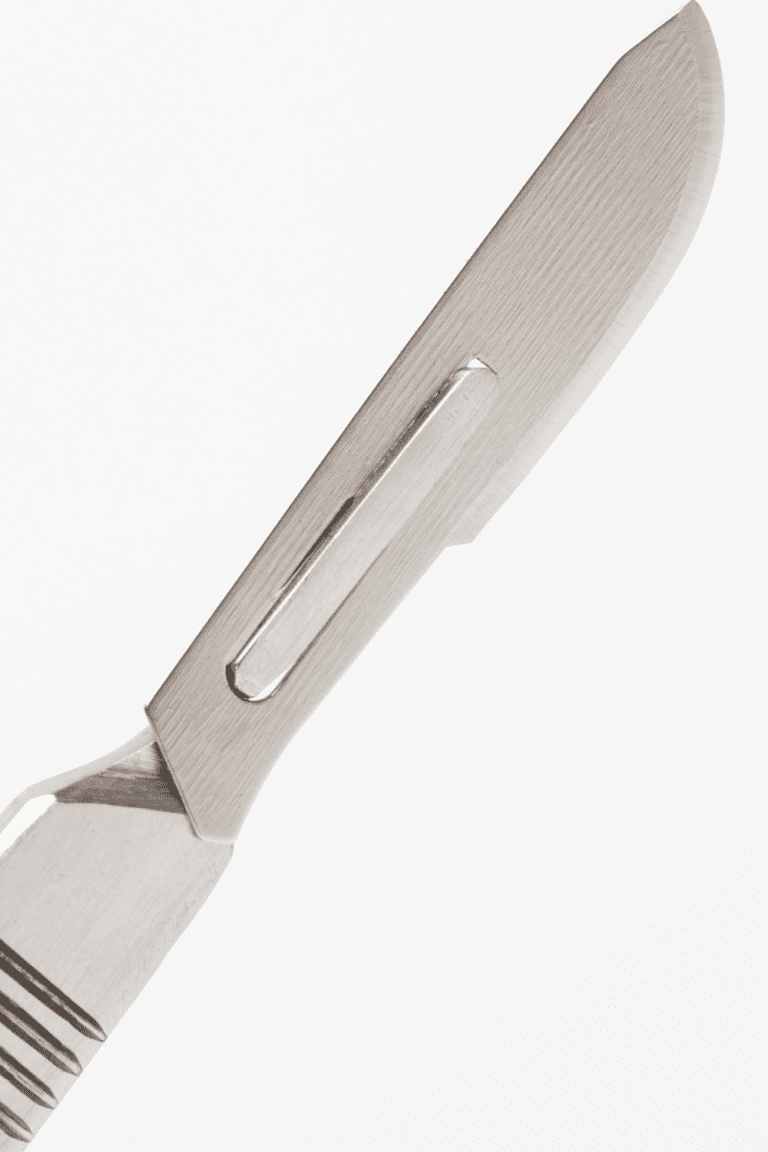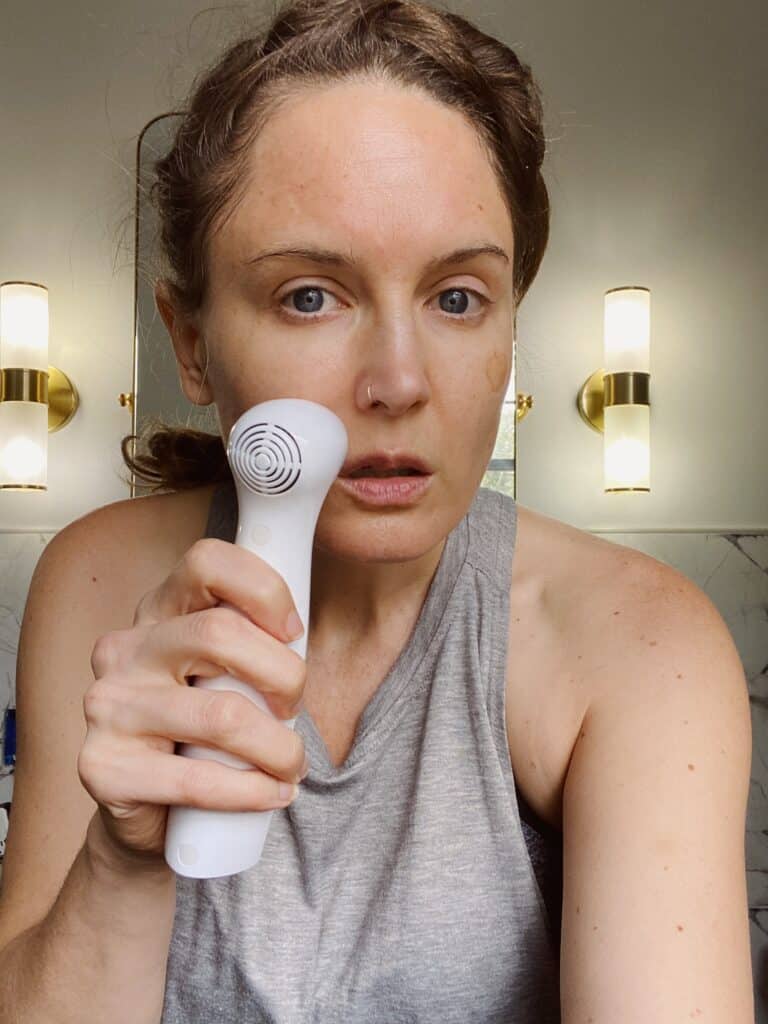Can I Wear Makeup After a Chemical Peel? The Dos and Dont’s
This post is about “Can I wear makeup after a chemical peel?”
This post about can I wear makeup after a chemical peel may contain affiliate links, which means I’ll receive a commission if you purchase through my link, at no extra cost to you.
So, you’ve just had a chemical peel and you’re feeling fabulous but wondering, “Can I wear makeup after a chemical peel?” You’re not alone in pondering this post-peel predicament. Navigating the aftercare of a chemical peel is crucial for ensuring your skin heals beautifully and you get the most out of your treatment. In this post, we’ll dive deep into the dos and don’ts of post-peel care, specifically when it comes to wearing makeup. Grab your notepad, and let’s get glowing!
Understanding Chemical Peels: A Quick Overview
Chemical peels have long stood as a cornerstone in the cosmetic dermatology realm, offering a path to rejuvenated, clearer, and more youthful skin. But what exactly happens during a chemical peel, and why are they so effective? Let’s peel back the layers (pun intended) to understand the science and benefits behind this popular skin treatment.
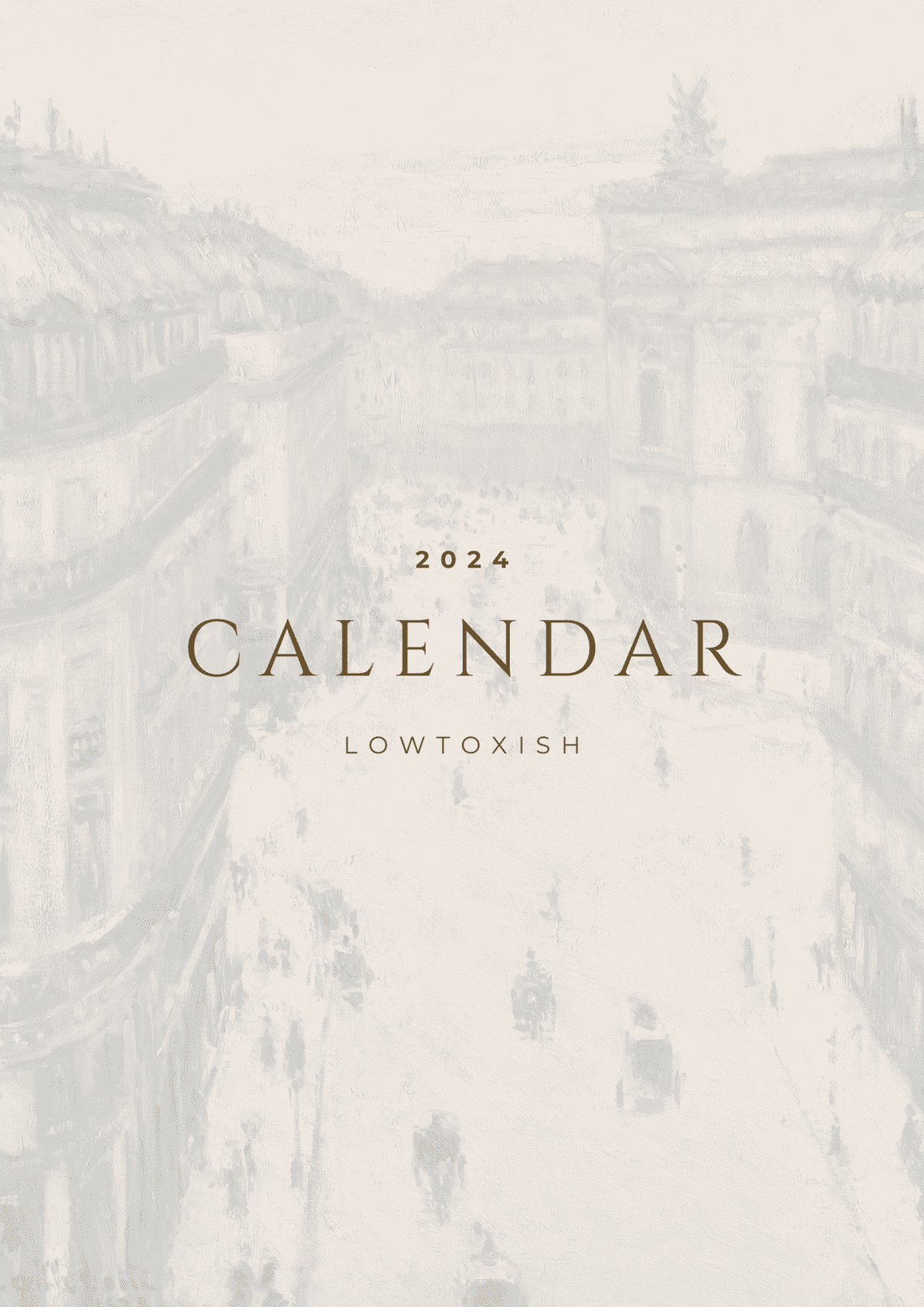

Grab your Free
Printable 2024 Art Calendar

Embrace inspiration every day with our FREE 12 month 2023 printable art calendar, featuring stunning masterpieces from renowned artists.
Simply fill out the form bellow and the printable files will be sent immediately to your inbox.
The Science of Peeling
At its core, a chemical peel involves applying a chemical solution to the skin, which works to remove the outermost layers. This process is designed to improve and smooth the texture of the skin, effectively removing damaged outer layers. The chemicals used in these peels range from mild acids like alpha-hydroxy acid (AHA) to more potent ones like trichloroacetic acid (TCA) and phenol, depending on the depth of peel desired.
Types of Chemical Peels: From Superficial to Deep
Chemical peels are categorized based on their depth of penetration and the type of chemical solution used namely superficial, medium, and deep peels.
- Superficial Peels: These are the gentlest type of peels, using mild acids like glycolic acid to exfoliate only the outer layer of skin. Superficial peels are ideal for those looking to treat minor skin issues like mild acne scars, age spots, or fine lines. Some common superficial peel types are:
- Glycolic (20-50%)
- Lactic (10-30%)
- Mandelic (40%)
- Salicylic (30%)
- Retinol
- Lactic
- Resorcinol (10-50%)
- TCA (10-20%)
- B-lipohydroxy acid
- Pyruvic, alpha keto (50%)
- Medium Peels: Medium peels penetrate the outer and middle layers of skin to remove damaged cells. Trichloroacetic acid (TCA) is commonly used for medium peels, targeting age spots, fine lines, and wrinkles with more pronounced results than superficial peels. Some common types of medium peels are:
- TCA (30%)
- Jessner’s
- Glycolic (70%)
- Deep Peels: Using phenol or higher concentrations of TCA, deep peels aggressively target the middle to lower layers of the dermis. These peels are effective for treating more severe discolorations, wrinkles, and scars. Due to their intensity, deep peels offer dramatic results but also come with a longer recovery period. I would never attempt a deep peel at home.
Benefits Beyond the Surface
The allure of chemical peels lies not only in their ability to reveal a brighter, smoother complexion but also in their versatility in addressing a range of skin concerns. From reducing the appearance of pores, scars, and hyperpigmentation to enhancing skin texture and firmness, chemical peels offer a tailored approach to skin rejuvenation. Additionally, by removing the damaged outer layers, peels pave the way for more effective absorption of skincare products, making your at-home regimen work harder for you.
Customizing Your Peel Experience
One of the key advantages of chemical peels is their adaptability to different skin types and concerns. A consultation with a dermatologist or a licensed skincare professional is essential to selecting the right type of peel. Factors such as skin sensitivity, desired outcomes, and lifestyle considerations (like the ability to take downtime) play a crucial role in determining the best peel for your skin.
In essence, chemical peels stand as a testament to the transformative power of dermatological treatments. By understanding the nuances of how peels work and the benefits they offer, you can make an informed decision about whether a chemical peel is the right choice for your skin rejuvenation journey. Remember, beautiful skin requires commitment—not a miracle. Chemical peels are a potent part of a holistic skincare strategy aimed at bringing out the best in your skin.
The Healing Process: What to Expect After a Chemical Peel
The journey to radiant, rejuvenated skin doesn’t end with the application of a chemical peel; in fact, the healing process that follows is equally crucial. Understanding the stages of recovery and knowing what to expect can significantly impact the comfort and success of your post-peel experience.
Immediate Aftermath: The First Few Days
Immediately following a chemical peel, it’s common to experience redness, tightness, and sensitivity, akin to a sunburn. These initial reactions are your skin’s natural response to the chemical solution. Depending on the depth of the peel, you may also notice swelling and blistering.
- Superficial Peels: Recovery is typically swift, with mild discomfort and redness subsiding within a few days. Peeling, if any, is minimal and can resemble flaky skin.
- Medium Peels: The aftermath involves more pronounced redness and swelling, with peeling beginning within 2-3 days post-treatment. This phase can last up to a week, revealing fresh, new skin beneath.
- Deep Peels: The most intensive recovery, with significant redness, swelling, and peeling that can persist for several weeks. Deep peels may also require pain management and a longer period of downtime.
Navigating the Peeling Phase
As your skin begins to peel, it’s crucial to resist the temptation to pick or peel off loose skin. This can lead to scarring and uneven healing. Instead, focus on gentle skincare practices:
- Moisturize Generously: Keeping the skin hydrated can ease discomfort and facilitate smoother peeling. Use a fragrance-free, gentle moisturizer recommended by your skincare professional. I love castor oil as a moisturizer because it is so thick without being too sticky.
- Avoid Sun Exposure: Post-peel skin is highly susceptible to sun damage. Wear a broad-spectrum sunscreen with an SPF of 30 or higher (ideally spf 50 or higher), and consider physical barriers like hats and sunglasses for added protection.
- DON’T Pick: You will be tempted to pick and peel the dead skin off. Never do this- never. It could cause scaring or infection.
Long-Term Care and Results
After the initial healing phase, your skin may appear brighter, smoother, and more youthful. However, the full benefits of a chemical peel, especially for deeper treatments, may take several months to fully manifest as collagen production increases and the skin continues to heal and regenerate.
- Follow-Up Care: Depending on the type of peel, follow-up visits may be recommended to monitor the healing process and advise on any additional care needed.
- Maintenance Peels: For sustained results, many opt for periodic peels. Superficial peels may be done as often as every few weeks, while deeper peels might only be repeated every few years.
Embracing the New You
The healing process is a testament to the resilience and regenerative capabilities of your skin. Embrace this time as an investment in your skin’s health and beauty. Stay in close communication with your skincare professional, adhere to their post-treatment instructions, and celebrate each step towards revealing the refreshed, vibrant skin beneath.
Can I Wear Makeup After a Chemical Peel? The Short Answer
And now, the moment of truth: Can you wear makeup after a chemical peel? In short, patience is a virtue. While it’s tempting to cover up redness and peeling, giving your skin a breather is often best. However, when the peeling subsides, and with your dermatologist’s nod, you can slowly reintroduce makeup into your routine.
To Wear or Not to Wear: Makeup After a Chemical Peel
Timing is everything when it comes to post-peel makeup. Wait until your skin has stopped peeling and starts to feel more like its old self. This is usually a sign that it’s safe to start using gentle, non-irritating makeup products again. For me, it’s pretty obvious when I can start wearing makeup again. If my face feels tender and vulnerable I skip the makeup and just try to lubricate my face with face moisturizers and face oils. You can however wear lipstick and a bit of easy-to-wash-off eye makeup assuming your eye area and lips are unaffected.
Choosing the Right Makeup Products : Can I Wear Makeup After A Chemical Peel?
Your post-peel skin is like a tender bloom—it needs the right environment to flourish. Opt for mineral-based or non-comedogenic makeup to prevent irritation and let your skin breathe and heal. These products are less likely to clog pores or introduce unwanted bacteria to sensitive skin.
Your skin is going to be pretty raw so you have to remember that whatever goes on your skin during this state is going to be absorbed more into your skin and even blood stream. You also want to think about what it will be like to properly wash your makeup off at the end of the day- no scrubbing.
I personally suggest skipping foundation and powder and concealer for as long as you can- go for a super moisturized glowy look and then add a pop with lipstick and mascara. With a nice outfit and neat hair this ultra-minimal makeup look can look very high end. You’ll know when your face is ready for foundation again.
If you MUST use foundation- I suggest mineral makeup, applied with a very clean brush. Jane Iredale mineral makeup is non toxic and has been around forever and was formulated to help with red skin and to be something women could wear safely as they were at the end of healing from a procedure like a chemical peel.
Here’s an example of what I mean… I know, I know… this girls’s skin is not red at all- it’s the best example I could find. I’ll try to take a picture of myself, using this “all is well, nothing to look at” strategy next time my face is super red after a peel.

My favorite Post Peel Makeup
Application Tips for Post-Peel Makeup
Applying makeup after a chemical peel is an art. Use a gentle touch and clean, soft brushes or sponges to minimize friction. And, of course, ensure your hands and applicators are impeccably clean to avoid introducing bacteria to your healing skin.
When you are first attempting to wear foundation or concealer after a chemical peel you might want to have a bottle of water or rose water to spray on your face after application. This will help hydrate your face and help your makeup to not look flakey, even if your skin is still a bit dry.
My Favorite Post Chemical Peel Application Tools:
Skincare After a Chemical Peel: Enhancing Your Recovery
While makeup can enhance your post-peel appearance, skincare should be your priority. Focus on hydration with fragrance-free moisturizers, protect your new skin with broad-spectrum SPF, and soothe with ingredients like aloe vera and chamomile. A gentle, nurturing skincare routine will support your skin’s recovery and make those makeup-free days look and feel even better. When you really prioritize that dewy glow, who knows, maybe you’ll stop asking yourself “Can I wear makeup after a chemical peel?”
My Favorite Moisturizers, Oils, & SPF for a Healthy Glow
Navigating the No-Makeup Days: Focus on Clothes & Hair
Embrace the no-makeup phase with confidence. This period allows your skin to heal undisturbed and can be a great time to showcase your natural beauty. Plus, it’s only temporary—soon, you’ll be able to return to your makeup routine, armed with even more radiant skin. Sometimes I like to remember that there’s little more satisfying than a great before and after… Embracing all that comes with the before makes the after even better but I totally understand that sometimes it’s nice to have the crutch that makeup offers when we are feeling insecure.
You might feel a little Carmen San Diego but you could try to literally cover up your face a bit more than usual by wearing big sunglasses and/or a hat (with some lipstick).

One way to help boost confidence on no makeup days is to wear a hat or focus on your hair and clothes… draw the eye away. This might sound crazy but I personally found that when I wear pink on days where my face is super pink, it helps my face not look SO pink… it’s like the eye is able to balance things out more instead of seeing the contrast of my PINK face.
See below- it’s obvious that this woman’s face is very red in both pictures but, in my opinion, the left picture feels more harmonious and less abrasive because the pink (imagine her outfit is this color) blends more with the redness of her face.
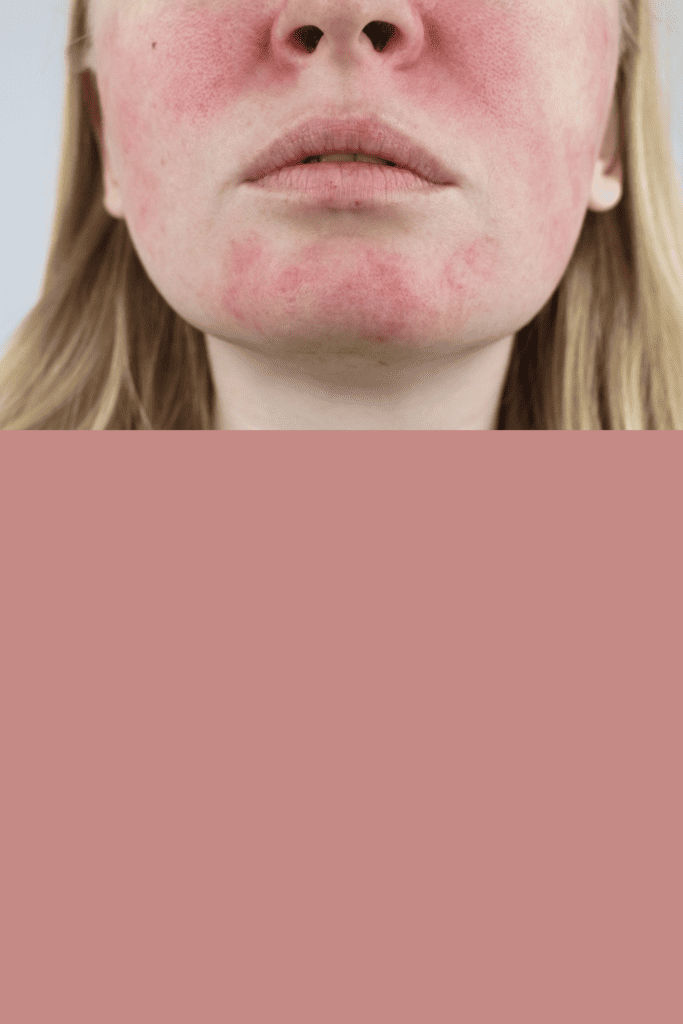
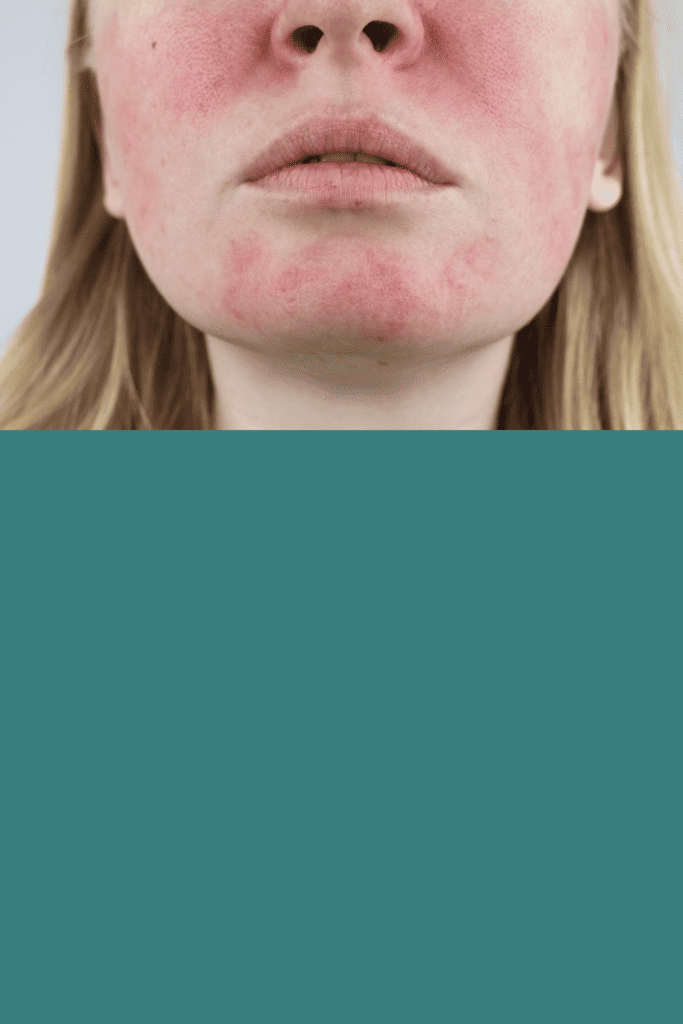
Conclusion: “Can I Wear Makeup After A Chemical Peel?”
To sum it all up… you really should avoid makeup until your skin heals and stops peeling or flaking. Try to schedule or reschedule your chemical peel for a week when you have little to do and definitely no fancy events on the calendar. Superficial peels will require very little downtime but when you move into medium or deep peels your skin is going to be pretty fragile for a few days up to a few weeks.
Listen to your body, protect your skin, and when you feel like the time is right, or you feel you must wear a full face of makeup, opt for mineral based foundation applied with a very clean brush.
The best bet is to see if you can get away with a pop of lipstick and mascara (or false lashes). Wear some big sunglasses and be thankful you’re in a stage of life where you can afford the luxury that is self-care. You’ve got this.
This post was about “Can I wear makeup after a chemical peel?”
More posts like this…
- Dermaplaning vs Chemical Peel: Which is Best For You?
- Dermaplaning vs Microneedling: Which Is Best For Your Skin Needs?
- How to Get Rid of 11 Lines Without Botox
- How to Get Rid of Wrinkles on Forehead Naturally
- Amazing Deep Forehead Wrinkles Before and After
Favorite Clean Beauty Posts
Favorite Posts
Last update on 2025-06-27 / Affiliate links / Images from Amazon Product Advertising API
This product presentation was made with AAWP plugin.








